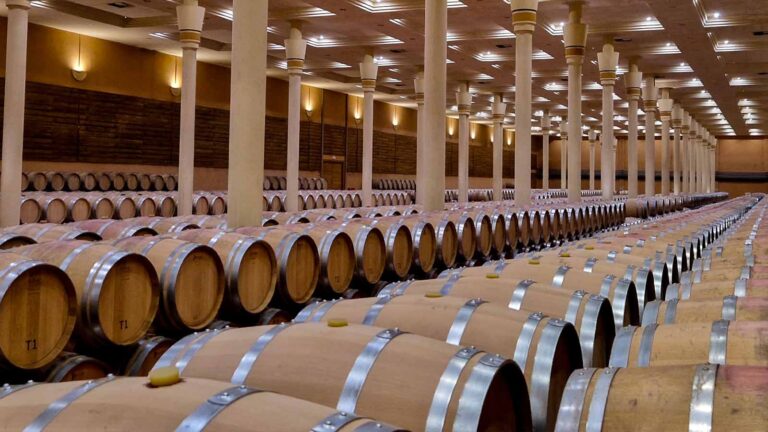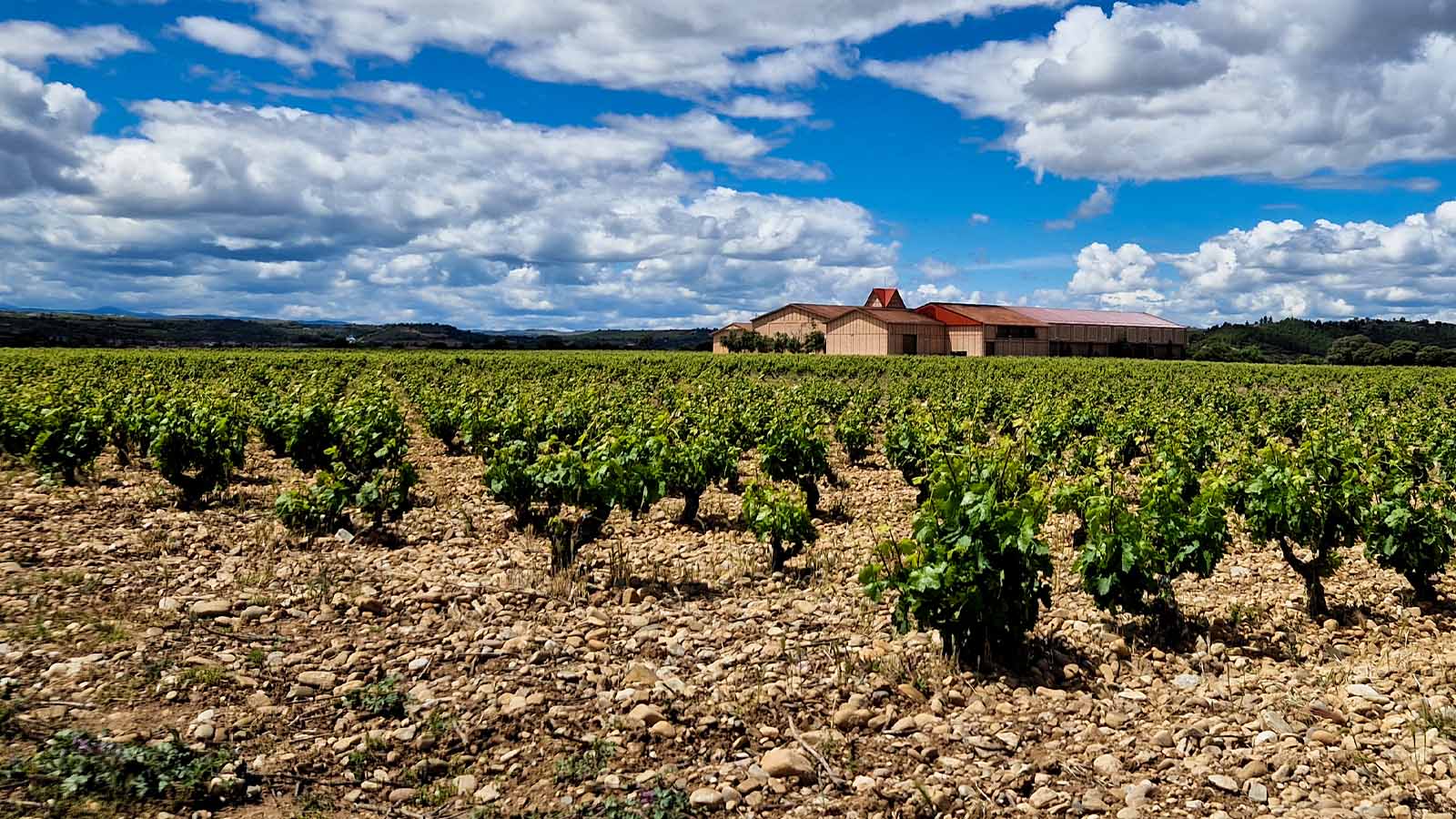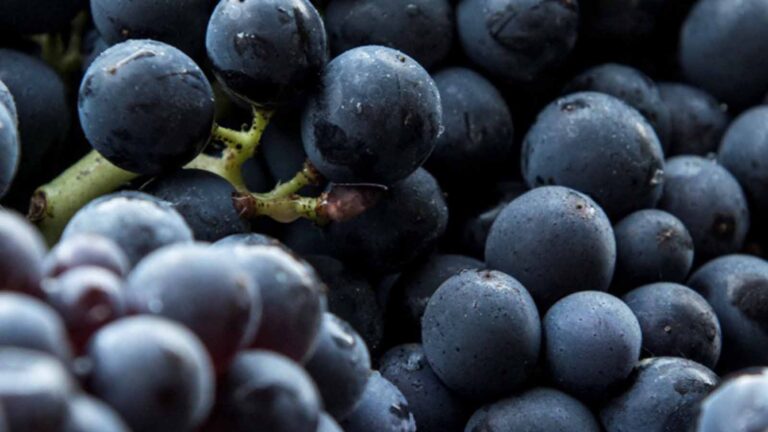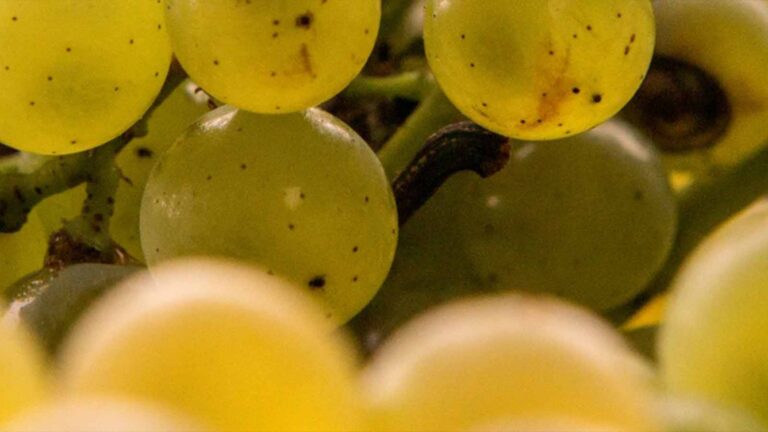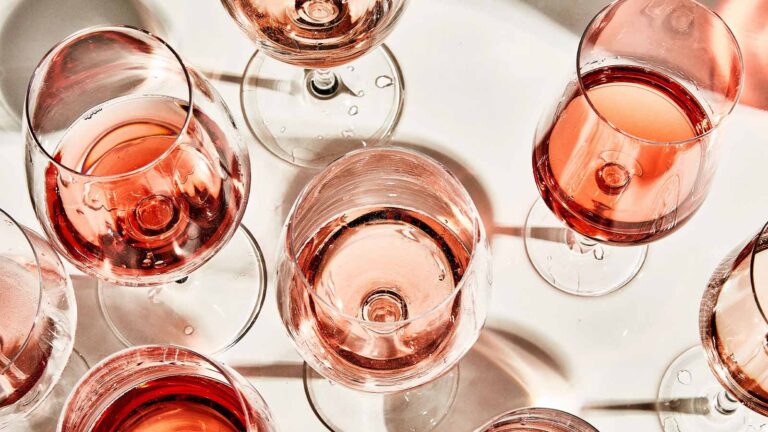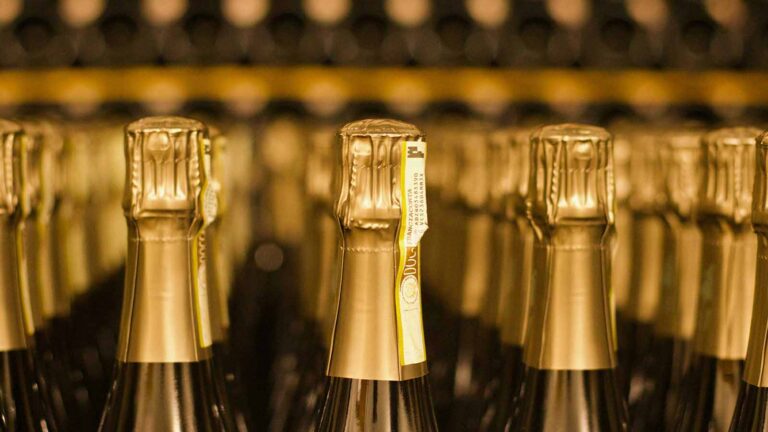The grapevine in its wild state is a climber. Its natural home is in the forest and its scientific name means the woodland wine-bearing vine. To understand how the grapevine grows and how it responds to cultivation, you must remember that being a climber and in its natural environment, the vines grow in a tight tangle with other plants and trees, competing with some whilst being supported by others. This competition is all about light, soil moisture and nutrients. Through the ages, the grape vine has climbed higher to gain light and to survive whilst competing with other roots, has built up a degree of drought tolerance, whilst gaining the support of the trees it has climbed. All these have been duplicated in the vineyard and European vine growers have long known that vines react to sunlight, throughout the growing season, both winter and summer. A closer look at the ‘character’, ‘quality’ and ‘personality’ of the wine will determine how successful the winemaker’s intervention has been.
Understanding the vine has become an art as well as the crops it will yield, ie. Sunlight on the woody parts, especially the new shoots or canes, means a more fruitful vine, whilst at the base of each leaf is a bud which denotes the potential of the following year’s vintage. Sunlight on the vine when it forms new buds, are signals as to whether they become leafy shoots or embryo flowers for fruit. Therefore, the yield of each plant is initially dependent on the amount of light reaching the vine from up to 15 months earlier. April to June in the Northern hemisphere, and October to December in the Southern hemisphere. With this knowledge, the grower can manipulate the vine to achieve an appropriate balance between the production of leaves and fruit, whilst avoiding a dense canopy of leaves which shad the ‘bud-wood’.
Terroir looks at all the ‘natural’ conditions which influence the biology of the vine stock and the composition of the grape itself. The terroir encompasses climate, soil and landscape. This combination is determined by a number of factors, temperature by night and by day, rainfall distribution, hours of sunlight, slope and drainage, etc. All of these react with each other to form in each part of the vineyard, the terroir.
Each vineyard has an essential annual routine, with countless options as to how and when each function is carried out. The following is a general guide to these annual routines.
Winter
During winter, pruning takes place. There are four basic choices. Cane-pruning, spur-pruning, machine pruning and minimal pruning. In all cases, late pruning will delay the development of the buds and result in a more even bud-break.
Spring
During Spring planting begins. The best time for planting is in early spring as the ground is starting to warm up, yet still retains good moisture. If the rootlings are planted too early the roots may rot. In the New World, vines are sometimes kept in cool stores and planted in early summer. The first of the limesullphur sprays are applied at wooly-bud stage (buds swell and soften) to guard against fungal disease. The soil is either ploughed or untilled, weed and grass is controlled through herbicides whilst organic growers encourage a variety of plants to grow, providing a natural food chain and adding nitrogen to the soil. Trimming and training are done later in the season and is of critical importance in establishing the balance of the vine and achieving appropriate exposure of the grape bunches to sunlight. Traditionally, this was a skilled hand job, but can now be done by machine, which can lift wires and shoots, or weave support strings through the canopy.
Summer
During this period the vines flower and develop fruit, this is a critical time where the vine needs warm, calm weather and where human intervention is limited. Irrigation takes place in dry regions of the New World. Vine maintenance includes foliage sprays, to prevent botrytis attacking the flowers, as well as oidium and other mildews. The vines are trimmed throughout the growing season and canes must be trimmed and the remaining foliage raised and attached to the trellis wires to allow the maximum sunlight to reach the leaves and grapes. Whilst the area under the vines will not be disturbed, traditional growers may plough between the rows to prevent run-off and conserve moisture. To ensure that the vines remain healthy and are allowed to develop, pests are also controlled.
Autumn
This is when the harvest takes place and the choice lies between the speed and economy of machine harvesting or the gentler, slower, and more controllable hand-picking option. Post-harvest sprays are applied when the leaf fall is at approximately 50%, to prevent mildew from developing. Manure and fertilizers are worked into the soil and this is then banked up under the vines, protecting them from frost, while on steep sites, the soil is brought back up the hillside to avoid run-off. Between the end of the harvest and beginning of pruning, maintenance of the vineyard is carried out, removing, chopping up or mixing the prunings into the soil as well as the trellising checked.
